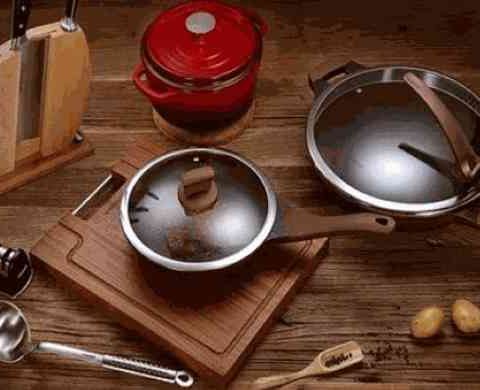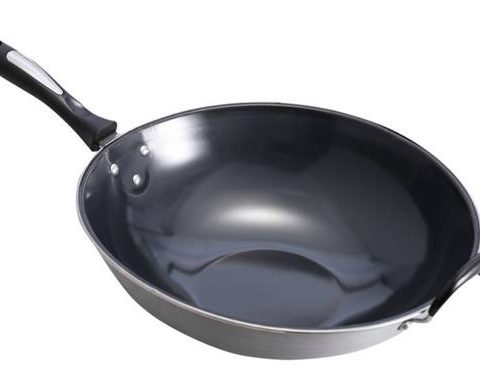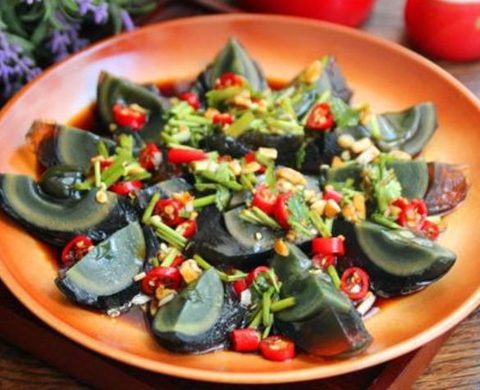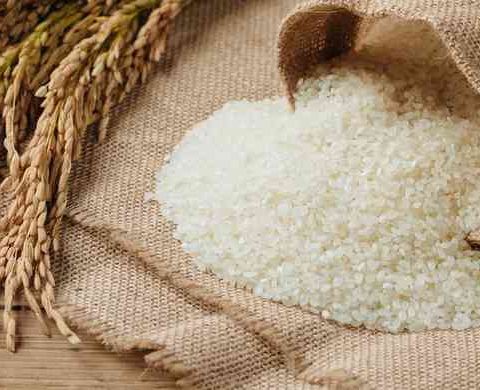Tea is integral to Chinese history and food culture. It was served at tea houses along the Silk Road as a beverage for weary travellers and it was at these tea houses that dim sum(small bites made ‘to touch the heart) were introduced. Today, throughout China, tea is served with meals; milk is never added.
There are many types of tea, made from the leaves of the tea plant. Camellia sinensis; and the word ‘tea’ is also used for infusions of other leaves and flowers. Tea is described by the way in which the tea leaves are processed (black, oolong, green, white), with many regional variations.
Many health benefits are attributed to tea because the leaves contain a number of polyphenols -compounds that are associated with, among other things, reduced risk of heart disease and stroke. As it is calorie-free and very refreshing, it is certainly the slimmer’s friend.
Green tea has a long history; it is the earliest known method of processing the tea leaves.
Jasmine tea, a mix of jasmine flowers and green tea leaves, is probably the most popular type of tea in China. It’s very fragrant and light in taste.
Black tea and oolong tea are strong in aroma and flavour. The tea leaves are allowed to oxidize (up to 70 per cent for oolong teas, and 100 per cent for black teas), often resulting in a smoky or cinnamon flavour with a bitter citrus aftertaste, like liquorice.
White tea refers to the way the tea leaves are processed, and makes a delicate pale yellow drink.
Chrysanthemum tea is made from chrysanthemum flowers; pale golden in colour, it is caffeine free and has a foral aroma. It can be drunk hot, and is also enjoyed cold, served with a few slices of orange and lemon.
Chinese tea etiquette
Chinese people observe tea drinking etiquette on a daily basis. Tea is poured for all guests at the table before oneself; those receiving the tea will thank you by tapping one finger (if they are single) or two fingers (if they are married) on the table. This gesture is said to have originated in the time when China was ruled by imperial dynasties, and whenever the Emperor walked among his subjects, everyone had to kneel and bow. One day the Emperor wanted to go outside the Forbidden City to look at how his subjects were doing without their being aware of his identity, so he disguised himself in normal clothes. His bodyguards accompanied him and it was agreed that they’d use these finger gestures to ‘bow’to the Emperor so as not to reveal his disguise.
Another point of tea etiquette, if you are in a restaurant and want more tea, is to remove the teapot lid and turn it upside down. The waiting staff will refill the teapot in response to this silent request.
You zi mi cha (citron honey tea)
This tea ii full of viamin C and is perfect if you arc feeling under the weathe. Note that no tea bags or tea leave are used in this recipe, so it is a caffeine-free drink. Of course you can add actual tea if you want, but if you order this in China, this is what you’ll get.

1 orange, sliced 5mm thick
1 lemon, sliced 5mm thick
3 tbsp honey
500ml boiling water
Put the orange and lemon slices, honey and boiling water in a saucepan. Bring back to the boil, then reduce the heat to very low and simmer for about 1 hour.
Pour the syrup, with the orange and lemon slices, into a glass jar. (The syrup can be stored for up to 2 months.)
To make a glass of citron honey tea, put 1 tablespoon of the syrup into a glass, add approx.150ml hot water and stir to mix.
Tips:
This drink can also be made with a slice of ginger to ease symptoms of colds or flu.
Cao yao cha (24 herbs tea)
24 herbs or 24 mei is the name given to a Cantonese herbal tea, drunk for medicinal purposes. Its name refers to the fact that it is a mixture of many different ingredients (around 24, although it may feature as few as 10 or as many as 28 or more). The recipe varies according to what ingredients you can get your hands on; the following list is a suggestion; ask a Chinese herbalist or look online. You can also buy a ready-blended 24 herbs tea to which you just add water. The tea is somewhat bitter in taste.
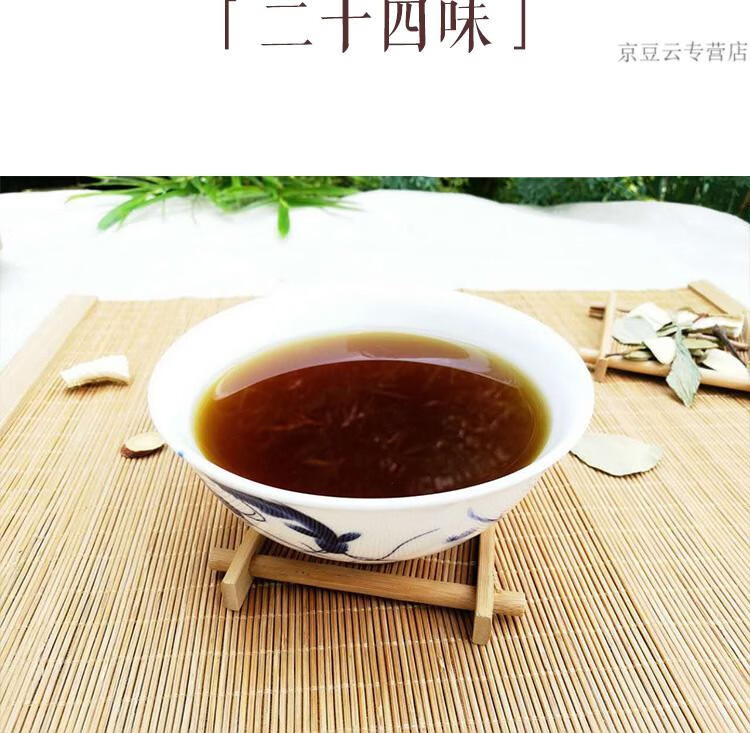
Typical ingredients
Mulberry leaf (桑叶)
Chrysanthemum flower(菊花)
Japanese honeysuckle Hower(金银花)
Bamboo leaf(竹叶)
Peppermint(薄荷)
Imperata cylindrica(茅根)
Luohan guo(罗汉果)
Agastache rugosa(藿香)
Perllo frutescens(紫苏)
Elsholtzia(香薷)
Fermented soybean(淡豆鼓)
Cleistocalyx operculatus flower (水翁花)
Microcos paniculata leaf (布渣叶)
llex rotunda(救必应)
Put 1/4 teaspoon of each of the herbs into a saucepan with 500ml water and boil for 15 minutes. Strain and serve hot.
Keywords for this article: Chinese tea review, Cao yao cha, You zi mi cha.


